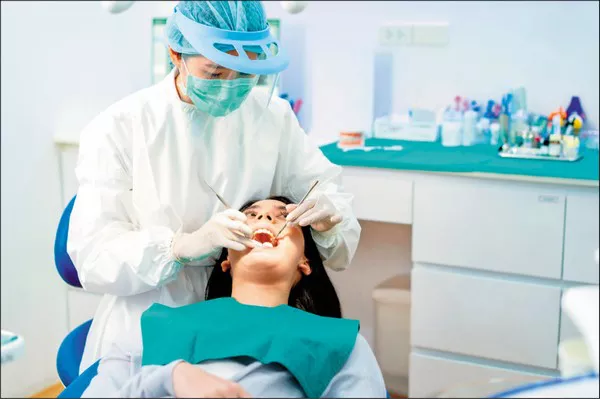In the realm of oral health, wisdom teeth removal is a common procedure that many individuals undergo. Whether you’re preparing for the extraction or just curious about the recovery process, understanding the healing timeline is crucial. This article will delve into the intricate details of how long it takes for wisdom teeth removal to heal, providing valuable insights for a smooth recovery.
Immediate Post-Operative Period (0-48 hours):
Wisdom teeth removal is an outpatient surgical procedure typically performed by oral surgeons or dentists. During the first 48 hours, it’s normal to experience some bleeding and swelling. Applying an ice pack intermittently to the affected area can help minimize swelling. Gauze should be gently bitten down on to control bleeding. It’s essential to follow the prescribed post-operative care instructions provided by your oral health professional.
1.1 Bleeding Management:
While bleeding is expected initially, it should gradually subside within the first few hours. If bleeding persists, lightly biting on a damp tea bag can assist in clot formation, reducing bleeding.
1.2 Swelling Alleviation:
Swelling is a natural part of the healing process. Using an ice pack for 15-20 minutes on and off during the first day can significantly reduce swelling and discomfort.
1.3 Pain Management:
Pain is subjective and varies among individuals. Painkillers prescribed by the oral surgeon or dentist should be taken as directed. Over-the-counter pain relievers may also be recommended.
48 Hours to 1 Week:
As the initial post-operative period subsides, the focus shifts to managing discomfort and promoting healing. During this phase, maintaining proper oral hygiene is crucial to prevent infection.
2.1 Oral Hygiene Practices:
Gently rinse your mouth with a warm saltwater solution multiple times a day, especially after meals, to keep the extraction site clean. Avoid vigorous rinsing, as this may disrupt the forming blood clot.
2.2 Soft Diet Recommendation:
Stick to a soft diet for the first few days, incorporating liquids, purees, and easily chewable foods. Avoiding hard and crunchy foods minimizes stress on the healing gums.
2.3 Avoiding Certain Activities:
Refrain from smoking, vigorous physical activity, and using straws during this period, as these activities can hinder the healing process and increase the risk of complications.
1 Week to 2 Weeks:
At this stage, the focus is on monitoring the healing progress and gradually reintroducing normal activities. Follow-up appointments with your oral health professional are crucial for assessing recovery.
3.1 Stitch Removal:
If dissolvable stitches were used, they should begin to disappear. Non-dissolvable stitches may require removal during a follow-up appointment. Follow your oral health professional’s advice regarding stitch care.
3.2 Returning to Normal Activities:
Depending on your individual healing process, you can slowly reintroduce regular activities. However, continue to avoid strenuous exercise and maintain a cautious approach to your diet.
3.3 Managing Residual Discomfort:
Some individuals may experience residual discomfort during this period. Over-the-counter pain relievers can still be used as needed, following the recommended dosage.
2 Weeks to 4 Weeks:
By the end of the second week, most patients find that the majority of swelling and discomfort have subsided. However, it’s crucial to remain vigilant in maintaining good oral hygiene.
4.1 Gradual Resumption of Normal Diet:
As your oral health professional advises, you can gradually reintroduce a normal diet. Ensure that you continue to avoid extremely hot or cold foods to prevent sensitivity.
4.2 Monitor Healing Progress:
Regularly check for any signs of infection or abnormal healing. Contact your oral health professional if you notice persistent redness, swelling, or increased pain.
4.3 Oral Care Products:
Consider incorporating a mild, alcohol-free mouthwash into your oral hygiene routine, as it can help keep your mouth clean without causing irritation.
Conclusion:
In conclusion, the healing timeline after wisdom teeth removal varies from person to person. Understanding the stages of recovery and adhering to post-operative care instructions play pivotal roles in ensuring a smooth healing process. By following these guidelines and staying in close communication with your oral health professional, you can navigate the post-operative period with confidence, paving the way for optimal oral health in the long run.
Related Links:
How many wisdom teeth can you have at most?
Why is my wisdom tooth not inflamed after being in my mouth for years?
Are wisdom teeth more painful than cavities?





























